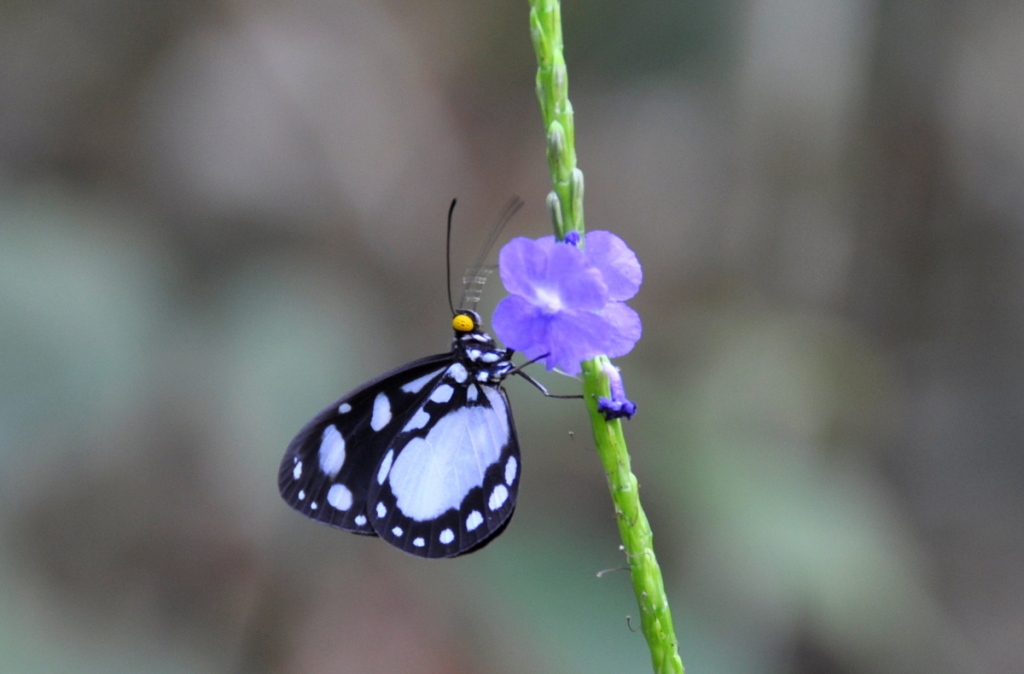Although we’re still having occasional rain showers the weather bureau declared the end of ‘the wet’ a few weeks ago. Some clear mornings and gorgeous sunny days have lifted everyone’s spirits, all the more appreciated after our long and very wet summer.
About a month ago we started seeing extraordinary numbers of butterflies, including some species we had not previously observed. They didn’t need the weather bureau to tell them the wet season downpours had finished! Four O’Clock Moths have been flying at all hours of the day and every Corky Bark tree, Carallia brachiata, seems to be hosting quite a number of their vibrant looper caterpillars. The one below was trying a different pose which it held like a yogi even with a camera lens at very close range.




The larval food plant of both Cruisers and Red Lacewings is the native passionfruit vine Adenia heterophylla. It’s bright red fruit is very decorative and is much appreciated by native rodents as well as cockatoos who usually don’t wait for the fruit to ripen! The seeds are obviously distributed successfully as we find these vines popping up in all sorts of places without any help from us.


Although the Hamadryad very closely resembles the Black and White Aeroplane it actually belongs in an entirely different sub-family and is the only member of Ithomiinae in Australia. It has close relatives in southern and central America. Peter Valentine mentions that the similarity between the these two species may be an example of mimicry by the aeroplane in order to gain benefit from the toxicity of the Hamadryad. The flight of the Hamadryad is more leisurely than that of the very similar Aeroplane and close attention to the wing pattern is required in order to confirm identification.


Described by Peter Valentine as “the most elusive of all the oakblues” Allen did well to photograph this beautifully patterned little butterfly. A dimorphic species, the upperside of the female is white whereas the male is blue. Peter Valentine’s delightful and informative book on Australian Tropical Butterflies has been very useful this year as Allen was able to identify the species he found that were unknown to us.

This not uncommon but very pretty little butterfly is often seen feeding on rotting fruit. The larvae feed on grasses and don’t seem to be particularly choosy as to which species.
This is just a small selection of the butterflies seen this year. They are interesting subjects however some, like the Green Spotted Triangle, just have to be enjoyed as they move fast and seemingly continuously. The photos of the Four O’Clock moth are mine, all the others were taken by Allen and he’s still trying for one of the Green Spotted Triangle!
